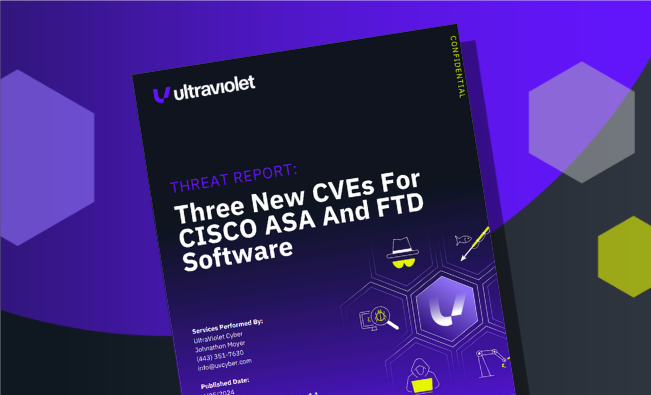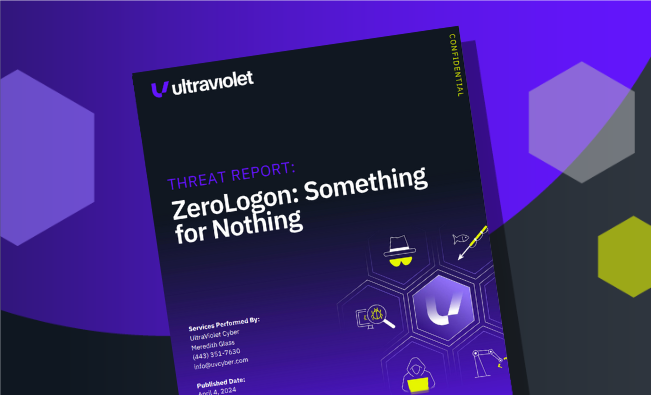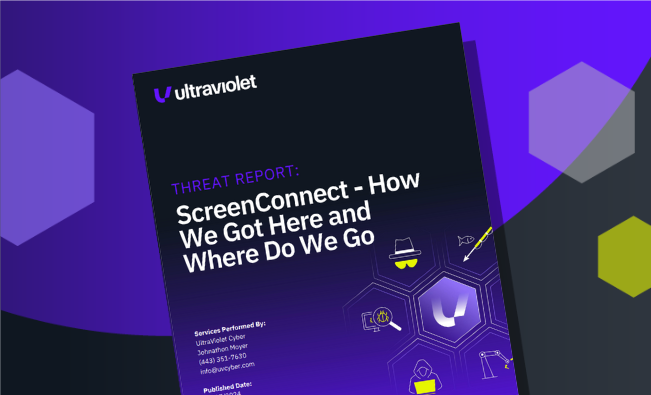
ScreenConnect - How We Got Here and Where Do We Go
RCE flaws found in ScreenConnect came into light recently. Identified vulnerabilities were CVE-2024-1709 and CVE-2024-1708. Exploiting this flaw, attackers could upload malicious files, bypass authentication and potentially gain control user account...
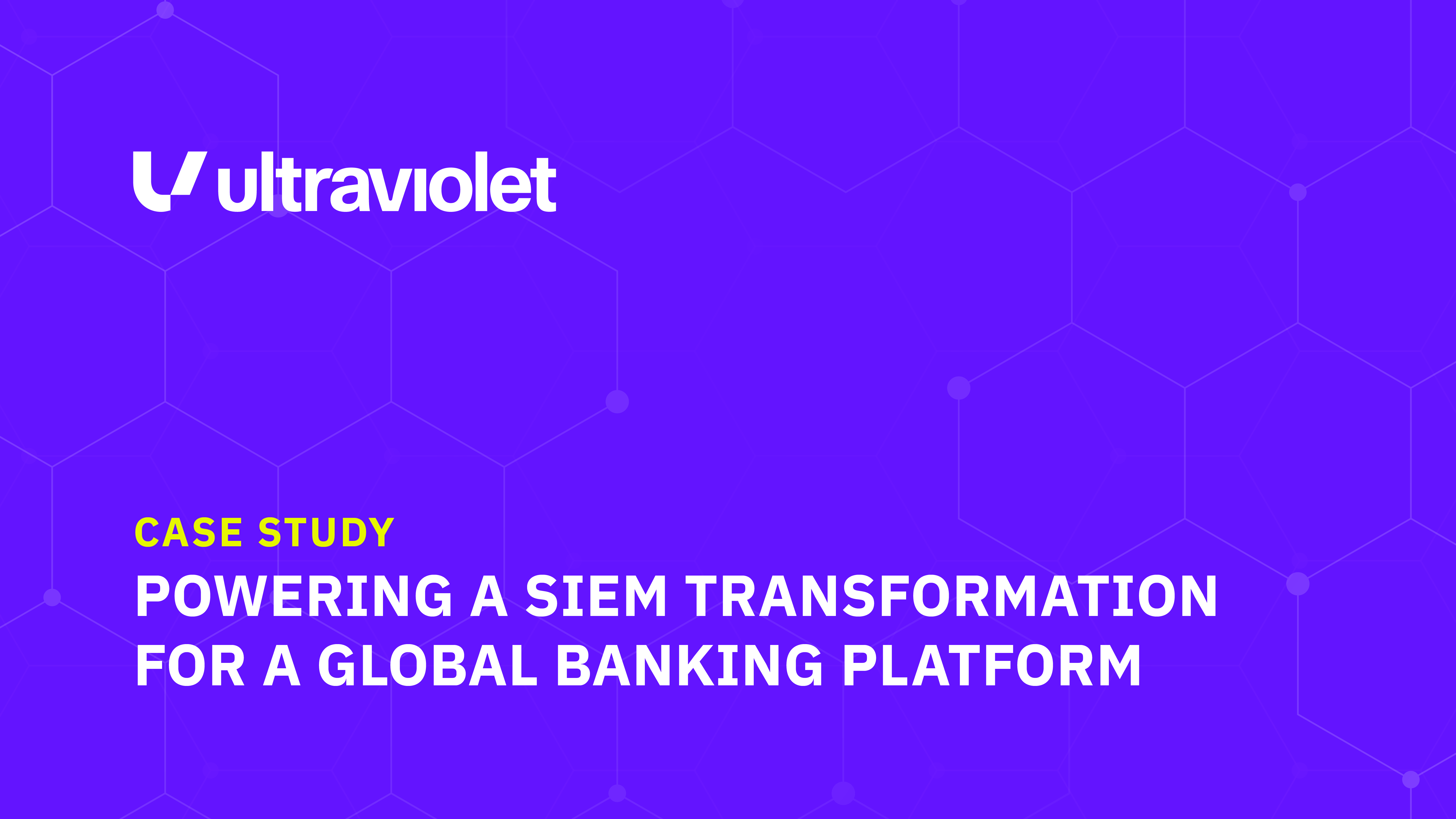 High-Scale SIEM Migration across 70TB/day and 4,000 detections
High-Scale SIEM Migration across 70TB/day and 4,000 detections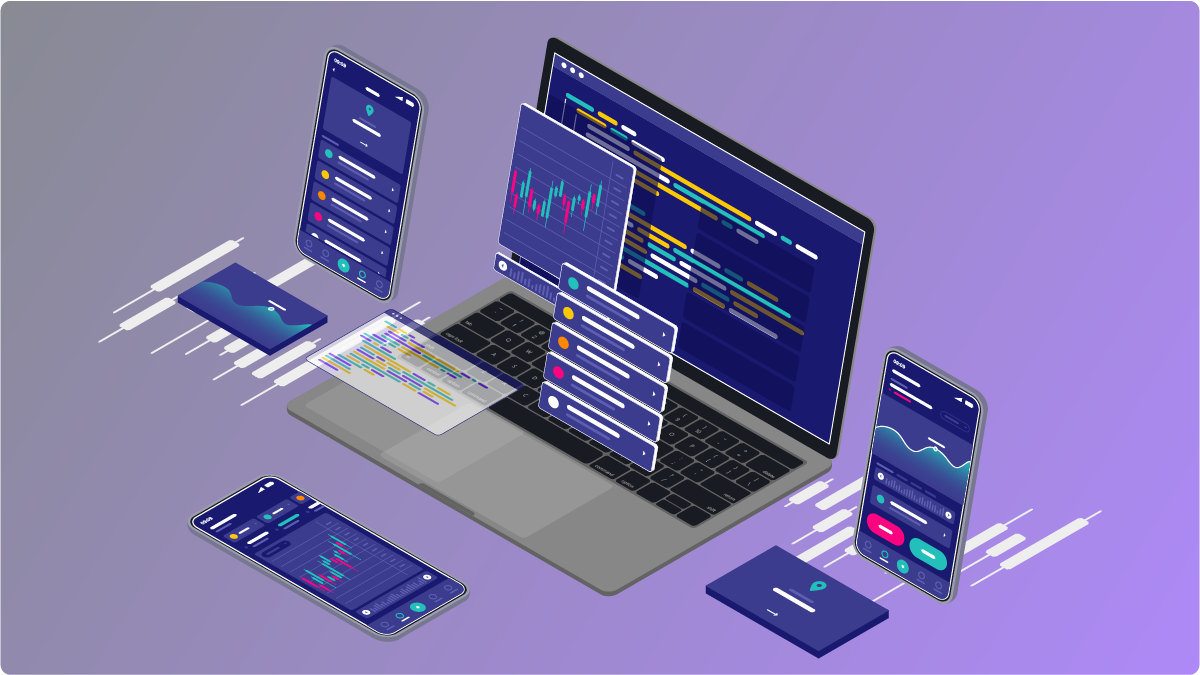
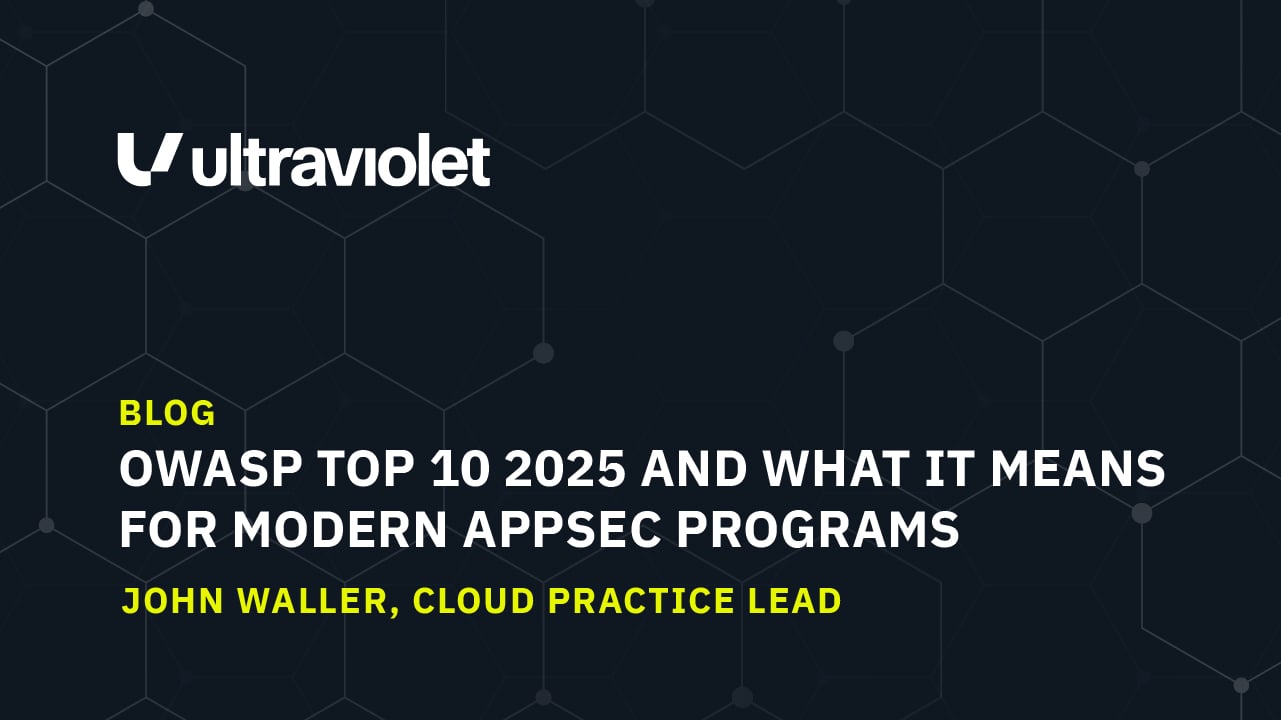
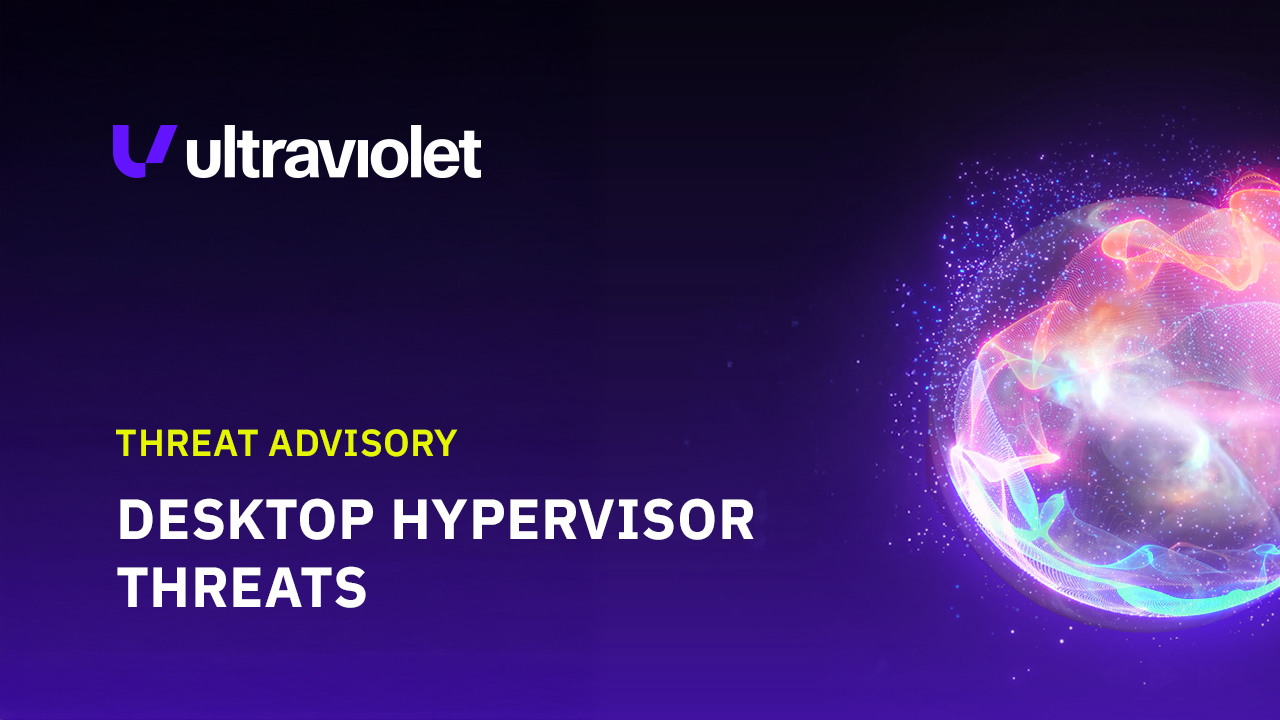 Threat Advisory: Desktop Hypervisor Threats
Threat Advisory: Desktop Hypervisor Threats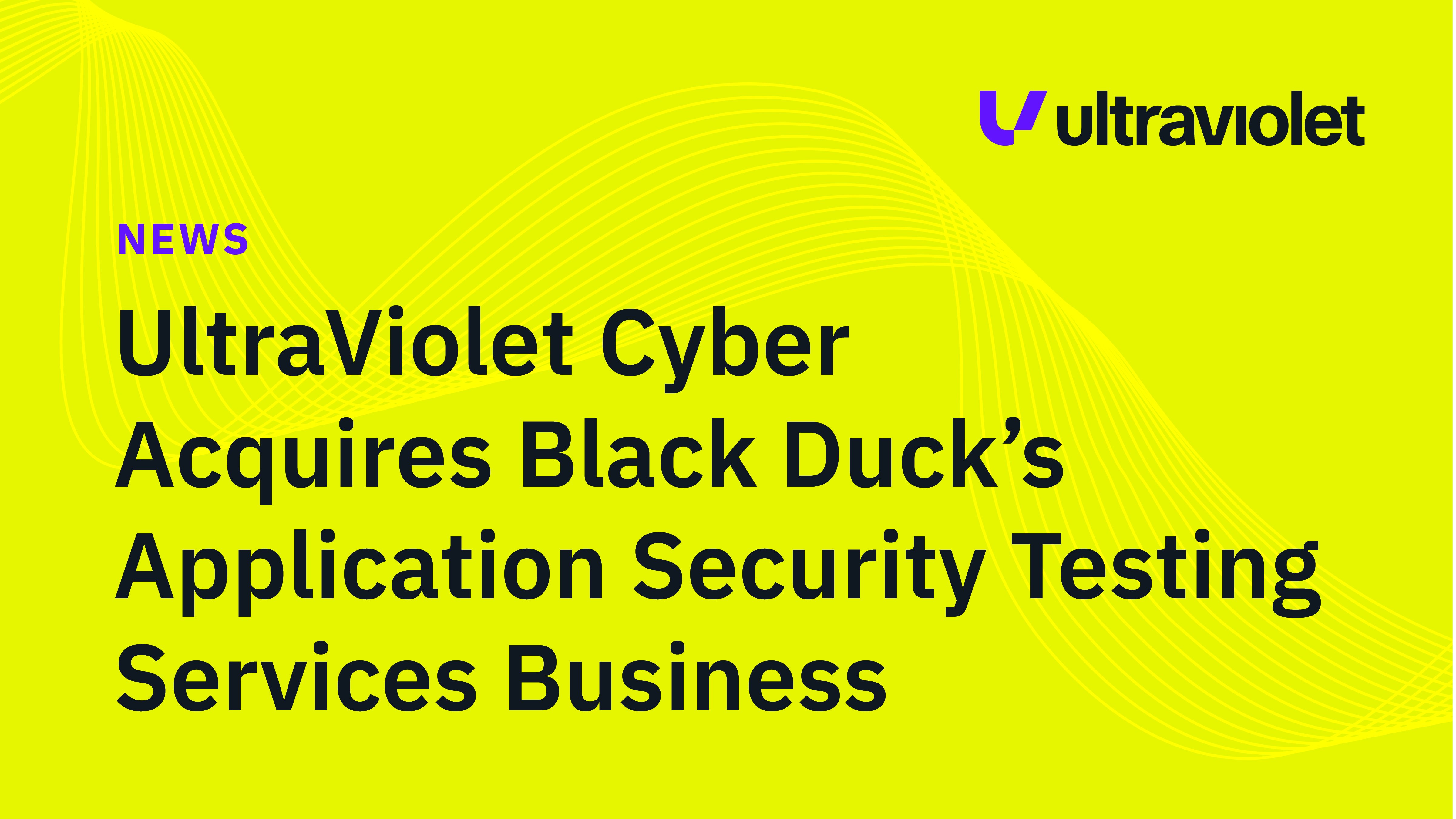 UltraViolet Cyber Acquires Black Duck’s Application Security Testing Services Business
UltraViolet Cyber Acquires Black Duck’s Application Security Testing Services Business UltraViolet Cyber Named to Inc. 5000 List of America’s Fastest-Growing Private Companies in 2025
UltraViolet Cyber Named to Inc. 5000 List of America’s Fastest-Growing Private Companies in 2025
.png?width=563&height=422&name=%E2%9C%85%20(2).png)
